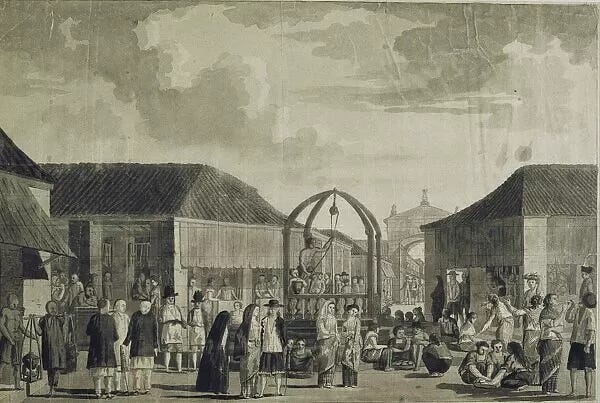Today in history: Sorsogon circa 1792
A botanist describes it as "a pueblo in decay" that relied on abaca.
Luis Née (1735-1807) was a naturalized Spaniard born in France. He was a botanist who was a member of the Malaspina scientific expedition to the Philippines. In early March, 1792, he arrived at Sorsogon Bay. The next three months were spent traveling to Manila.
His diary for 17 March 1792 describes Sorsogon and its chief product, abaca:
Sorsogon is a pueblo in decay. Its population is not more than 200 [crossed out words]. The many though small streams springing from the [crossed out words]. The many though small streams springing from the nearby hills turn a large part of its territory into an easily flooded and swampy land. Its soil, however, is generally good and suitable for the production of every kind of grain although at present only rice is planted. Its mountains abound in excellent timbers for construction and buildings. The raising of abaca constitutes the only industry and commerce of its inhabitants with the provinces of Camarines and Albay, of which it is a part.
This useful plant grows in the entire region lying between the mountains of Isarog and Albay but in greater abundance in Ligao and the places close to the volcano. It prefers a fat soil, shade and humidity. It is very similar to the common banana plant but its fruit is useless. It reproduces like the banana through suckers that sprout from its underground stem, and it multiplies prodigiously without cultivation. In two years, it is fruit-bearing and has grown to its full size, but for the extraction and preparation of fiber, it is necessary to cut it at the root at the 18th month, when the stem has attained the diameter of a thigh. Its height never goes beyond 4 brazas.
The plant is made up of overlapping sheaths [petioles] 8 to 10 inches in diameter that can be detached from each other with facility, leaving the white, tender spongy core [peduncle]. These petioles are attached to each other by some longitudinal ribbons 2 to 3 inches wide, from which the finest filament called lupis is extracted. From lupis the nipis is made. The outer petioles produce the strand used for cordage and the inner ones the tupus, from which the fabric known by the name of guinaras is fabricated. The extraction and preparation of the first kind [for riggings] consists of freeing the fibers from the fleshy pulp that holds together the fibers and in separating them from the slimy substance that covers them and in drying them in the sun. But the extraction and preparation of the lupis and tupus is much longer and laborious. There is need to pound them [with a pestle] to give them flexibility, choose them separately and join them by means of almost imperceptible knots until the long agreeable texture or fabric is formed.The piece is soaked for 24 hours in lime solution and an equal length of time in rice water in which it acquires softness and whiteness, which through use disappears, remaining yellowish-red in color.
In the alcaldias [provinces] of Camarines and Albay, 6,000 riggings are annually laid, which the king takes, which cost him 72,000 pesos in Cavite. The guinaras in the same period of time add up to 120,000 pieces variably priced at 2 reales to 5 pesos according to quality.



